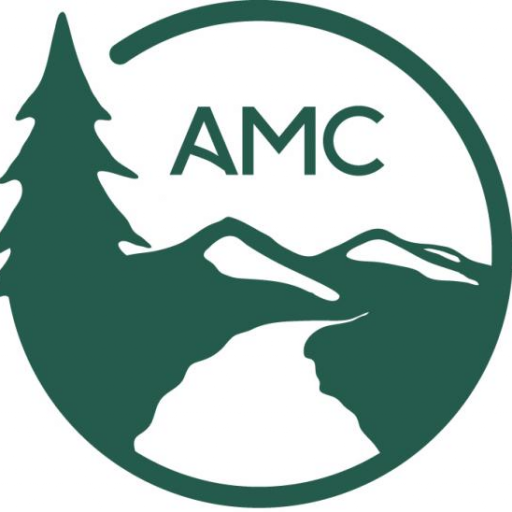Welcome to Introduction to Sea Kayaking!
I have prepared some material for you in order to prepare for the weekend. Doing this will allow us to maximize our time on the water and spend less time in the cabin reviewing program material. It should take you about 90 minutes to go through the material, please don’t wait until Thursday night to do this. Also, I would suggest that you re-read the detailed program description that can be found at detaileddescription It contains important information for you to pack and prepare for a safe and fun weekend! If you have any questions, don’t hesitate to email me. fpolito@comcast.net
Flat Water Versus the Ocean:
Please look at the table comparing kayaking on flat water with kayaking on the ocean. Comparison
Beach Briefing:
While on the beach and before any kayaker in the group gets in their boat, the leader gives what is called a “beach briefing”. This usually takes 2 – 3 minutes. However, since you are new to sea kayaking, there is quite a bit more information to share with you. We have two objectives for our weekend programs, (1) keep everyone safe and (2) have fun! Remember, you are an integral part of both objectives. Please read what we call the “extended beach briefing” for the Introduction to Sea Kayaking Program. Extended-Beach-Briefing
Wet Exit:
For your safety, everyone is required to wear a pfd (fully zipped/buckled) and a spray skirt at all times. While it is unlikely you will capsize your kayak, as a safety precaution, we want you to know how to safely exit (wet exit) your kayak when it is turned upside down and you are under water. Some of you may have done a wet exit and if you have not, please let me know. If after watching this video you feel you need additional instruction or practice, let me know.
Rescue:
The KBC Committee members that will be leading you on the water know how to perform a rescue should you capsize your kayak and execute a wet exit. This video shows you the most common rescue method that would be used to get you back into your boat. In the unlikely event that should occur, follow the instructions that are given to you. T-Rescue
Forward Stroke:
Although having a good forward stroke is important whether you kayak on flat water or on the ocean, we have found that many paddlers do not have a “good” forward stroke. Rest assured this is not some attempt at criticizing anyone’s “style” like you might a golf swing, this is genuinely an issue of safety and enjoyment. If you don’t have a good forward stroke, you will tire more easily and that will make it difficult for you to keep pace with the group. This becomes even more important when paddling against the wind or current.
Forwardstroke_1 This first video has a demo of a paddler out of their boat and clearly shows the components of a good forward stroke. Please also read the text below the video.
Forwardstroke_2 This second video provides more detail on the forward stroke. Please also read the text below the video.
Tides & Currents:
Although a more thorough treatment of tides and currents can be found in our Coastal Navigation Program, there are some basics that you should understand. In the pdf at this link and you will see the tide and current predictions in the vicinity of KBC. Generally, we want to paddle with the current. We do not base our KBC trip plans on the tides, rather, we use the currents. We head south from KBC toward the open ocean on an “ebb” and we return to KBC or head north on a “flow”. On the third page of the pdf, you will see that I have aligned the times of the tides and currents. Notice that while tide and current are related, they are not in synch. Tides&Currents
What to Wear:
Dress for the water temp, not the air temp. What2Wear
The text at this page is very good. I have not watched the videos. Cold Water Immersion
Essential Gear:
Weather:
This video on weather is from our Coastal Navigation Program. Weather Video
